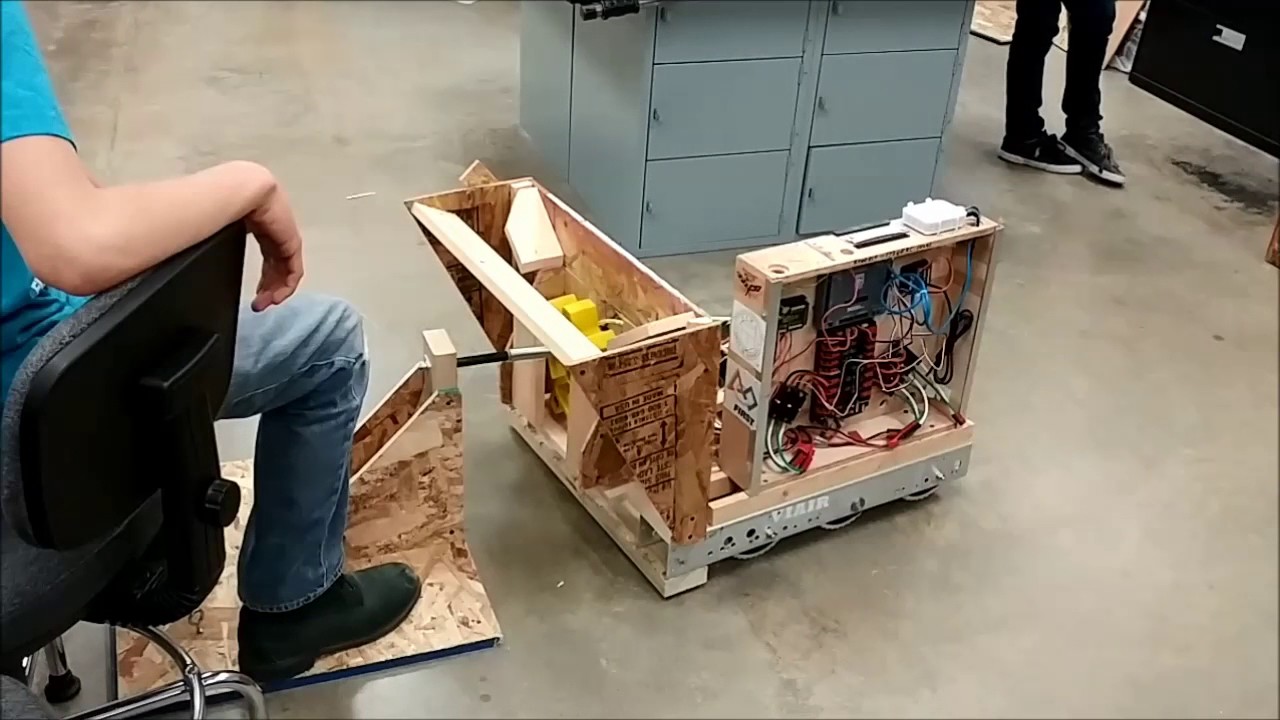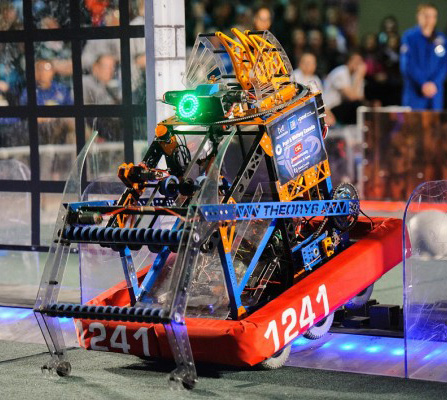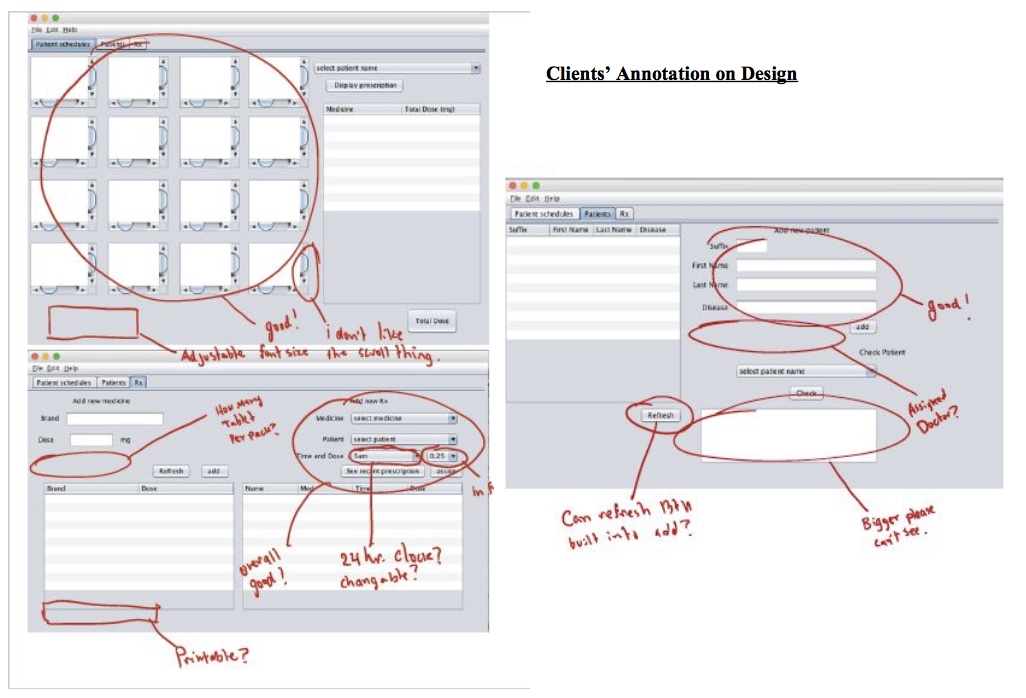1.2.8
Describe the purpose of prototypes to demonstrate the proposed system to the client.
Teaching Note:
AIM 5 The need to effectively collaborate to gather appropriate information to resolve complex problems.
AIM 6 To develop logical and critical thinking to develop proposed systems.
Sample Question (former curriculum):
Define the term prototyping. [1 mark]
Sample Question (former curriculum):
1. Outline what is meant by prototyping. [2 marks]
JSR Notes:
Prototype definition: a model that represents the final design and functioning of a product, without implementing any actual code (in the case of software), or full functionality (in the case of hardware).
As an early sample, model, or release of a product, it is built to test certain concepts or processes and/or to act as a model with which user and designer can refine what it is they are seeking to produce.
Examples of Prototypes
- Software Prototype: Microsoft Word - we can imagine that back in the 1990s there would have been lots of paper diagrams showing the proposed graphical user environment (GUI) of MS Word, with lots of arrows and comments indicating how it would/could work, even before the first coding was ever done.
- Hardware Prototype: any not fully functional, solid 3D objects, perhaps made of wood, that show the shape and look of, say a chair or a desk, as are often made next door in the Design Center.
- Combination Hardware & Software: A partially working, simple first version of a VEX robot, showing the basic design, but without all the the functionality electronics and sensors etc. of the final product - a "rough draft" as it were.

Prototype models of a Ford Mustang being carved out of wood
(autorevolution.com)


A FIRST Robotics prototype & final competition-ready product
Different levels of prototyping for hardware, or hardware/software prototyping:
- Nonfunctional model, even in the case of software just diagrams
- Limited functionality (so a "working prototype")
- Functional but imperfect public prototype release, in the case of software, called a "beta" release
Purpose of prototypes: **which is the main point of this assessment statement**
The purpose is to "demonstrate the proposed system to the client". The reasons for doing so are, generally:
- To get feedback from the client and/or target users
- To seek clarification from the client
"this is what I ***think*** you mean".... - To help refine planning (once again noting the adage that "weeks of programming can save hours of planning" :-)
Note that these purposes apply for both software and hardware prototyping.

ShutterStock.com 1151882054
IA Solution Connection and Considerations
In IB CS, you deal directly with the prototyping process during work on your IA Solution. You make a mock-up of your program using the GUI capabilities of Netbeans and show it to your client, for all of the reasons listed above.
The most important thing the IA solution will show you about prototyping is that it is a process. It's not just one meeting, sitting down with your client and seeing what they think of the prototype you have produced.
To begin with, that prototype itself will have come from one or more initial meetings in which you discuss the problem and potential solutions. And then, after that first "prototype meeting" there is all the the redesigning of the prototype based on their observations and requests from that meeting. And so having "modded" your prototype, you go back again and see what they think. It is therefore very much an iterative, design cycle, process.
All of these modifications and improvements to the prototype, whether tiny tweaks, or major alterations, are easy to do because they are at the model level; lines and lines of code don't need to be re-tooled, in fact no code at all needs to be re-tooled; this is all at the model/prototyping level. And that's the beauty of the prototyping process!

Main Point:
The prototype is for you too, but its mainly all about communication with the client!